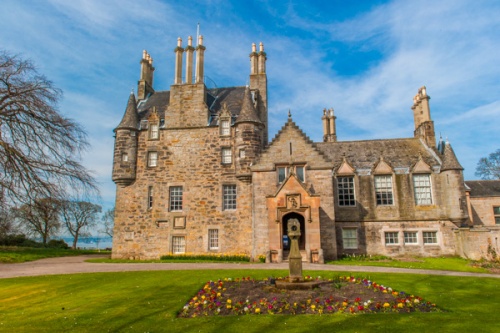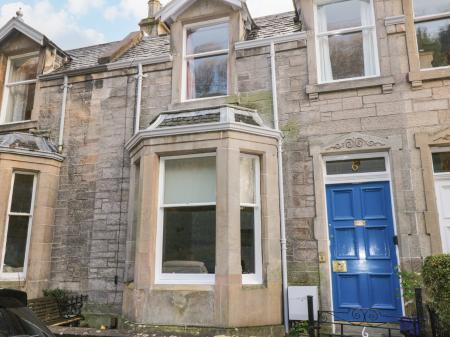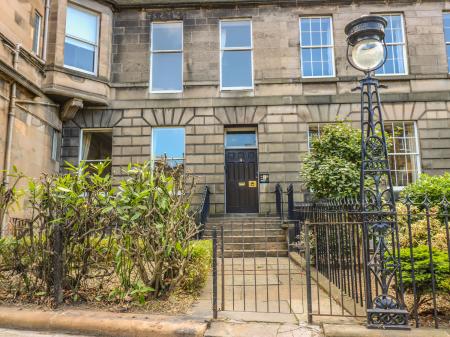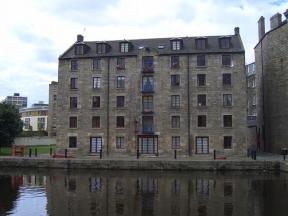

History
There was a fortified residence at Lauriston in the Middle Ages, but this was completely destroyed when the Earl of Hertford invaded at the head of an English army during Henry VIII's Wars of Rough Wooing in 1544.
In about 1593 Sir Archibald Napier of Merchiston built a new tower house for his son, also named Archibald. The house was built to a traditional L-plan, with a circular stair tower and angle turrets. The house was extended in 1827 with a range in Jacobean style to blend with the older building. The architect was William Burn, one of the most influential early 19th century architects in Scotland and the man responsible for many of the finest Scottish Baronial style country houses in Scotland.
The Edwardian Castle
In 1902 William Reid, a wealthy cabinet maker, bought Lauriston and filled the house with a fabulous collection of fine art and furniture. When the Reids died without heirs they left the castle to the nation on one condition; that the collection remain intact. The castle is now operated by the city of Edinburgh and presented as it would have looked during its Edwardian heyday, offering a fascinating glimpse into life in an Edwardian country house. Costumed performers frequently entertain visitors with stories of life at Lauriston.
See the Reid collection of rare Blue John from Derbyshire, mosaics, Italian furniture, engravings, and Oriental carpets. The Blue John exhibit is especially impressive; there are over 80 examples of objects made from this rare stone, including bowls, urns, and vases. One rare piece includes an anti-slavery symbol, thought to have been made in the 18th century. The ceramics include 18th-century Chinese porcelain and Delft ware from Holland. See French clocks and ceramic needle cases, snuff boxes, and an unusual box made of porcupine quills! Exploring Lauriston Castle is stepping into the fascinating world of an Edwardian collector with the wealth to indulge his whims.
Ghostly Lauriston
Lauriston Castle is said to be haunted. Visitors report hearing footsteps when no one is present, and the sound of silk skirts rustling. Sometimes a shadowy figure is reported, disappearing through a wall. The ghost may be Sophia, wife of Andrew, Lord Rutherford, who breathed her last in a bedroom here after writing her husband a letter to be delivered only after her death.The gardens at Lauriston include no less than three croquet lawns, a modern Japanese garden given as a gift of friendship by the prefecture of Kyoto, a lovely bluebell wood, offering a burst of colour in Spring. The gardens were laid out in the 1840s for William Playfair. The garden design emphasises the wonderful views over the Firth of Forth.








 We've 'tagged' this attraction information to help you find related historic attractions and learn more about major time periods mentioned.
We've 'tagged' this attraction information to help you find related historic attractions and learn more about major time periods mentioned.

